STAY dayoff [Korea Quality] / 스테이 데이 오프 [한국관광 품질인증/Korea Quality]
11.0Km 2021-03-29
6, Jahamun-ro 1da-gil, Jongno-gu, Seoul
This hanok (traditional Korean house) is located behind Seochon Food Street, located near Gyeongbokgung Station on Seoul Subway Line 3. It is located only 5 min away by foot from the station. Opening the door brings one to a small garden, furnished with stones and moss on a corner, and the interior also speaks to the unique combination of a modern hanok with contemporary sensibilities. The building is divided into the main building and annex building, with the former having two queen bedrooms connected by a living room and kitchen as well as two bathrooms.
The annex building is the hidden jewel of STAY dayoff, which houses a bathtub and a sauna facility behind a beautiful window wall. When the windows are opened, it is like being in an open-air bath overlooking the garden and the hanok. The standard occupancy of the house is 4, with a 10% discount available for guests staying for more than 2 nights on weekdays, and towel replacement and cleaning services are offered for guests staying for more than 4 nights.
Gaetmaeul (갯마을)
11.0Km 2025-05-15
56, Seobinggo-ro, Yongsan-gu, Seoul
Seochon Guest House [Korea Quality] / 서촌 게스트하우스 [한국관광 품질인증]
11.0Km 2023-04-07
28-3, Jahamun-ro 7-gil, Jongno-gu, Seoul
+82-010-3345-9680
Seochon Guest House is located in Seochon, which is becoming a hot place for tourists in Seoul, and precisely on the road to Suseong Valley, whichis filled with interesting stores and is also well-known for Park Nosoo Art Gallery and the House of Yun Dong-ju (poet). Seochon Guest House is nicknamed ‘Jaeminangol (interesting village)’ after Baekseok’s poem ‘Yeowunangol’, with the aim of providing a visit full of interesting experiences. Passing through a garden and entering the main building, the unique charm of this hanok building, the staircase to get to the first floor from daecheong (main floored room), catches the eye of the visitors. In addition, the building is decorated with various stylish objects including paintings and Korean musical instruments. The terrace situated on the first floor offers an open view of the surrounding area including roof tiles of hanok structures and alleyways in Seochon. It is said that Korean novelist Yoon Hu-myeong also appreciated the structure of the guesthouse, saying, “It is an interesting place.” Built in the 1930s, the house, which has many storage places, was taken by the owner couple in spring 2014 as they were attracted by the house during their trip to Seochon. After the repair work, the ground floor of the house was opened for guests from January 2016, hoping that guests could share their daily experiences and stories with each other. The guestrooms and the main floored room on the ground floor are open to guests, with the exception of the first floor, which is used by the owner couple. The living room is equipped with books, a curved TV, and a table. The tasty meal, which is served in the kitchen, consists of rice and soup with six side dishes and is much loved by guests. The guesthouse offers a total of four rooms – Jae Room, which is the most Korean-style room; Mi Room, which has a combined style of a Korean-style room and Western-style room; Nan Room, which is an ideal room for meditation with a beautiful paper window; and Ahn Room, which is equipped with a veranda and a pretty flowerbed. Every room has its separate charm with various comfortable bedding to provide a quiet and cozy bedroom for guests in the middle of the city. Furthermore, the guesthouse holds a pansori (epic chant) performance twice a year. The owner started learning how to sing pansori to promote the Korean culture and tradition to foreigners. When a pansori performance is held, the owner offers traditional Korean snacks and drinks including sikhye (sweet rice punch), sujeonggwa (cinnamon punch), traditional sweets and cookies, and tteok (rice cakes) to visitors, tourists, and performers. Moreover, it provides cultural programs such as a Gukak (Korean classical music) experience, Korean traditional clothes experience, and making Korean food experience, as well as other activities with guests, such as trip to the city wall between Inwangsan Mountain and Bugaksan Mountain, and the Royal Palace Tour to Gyeongbokgung Palace, etc., as well as a trip to a traditional market.
Podam (포담)
11.0Km 2021-03-22
11, Jahamun-ro, 9-gil, Jongno-gu, Seoul
+82-2-733-0831
A store featured in Korean gourmet programs. This Chinese (cuisine) restaurant is located in Jongno-gu, Seoul. The most famous menu is dim sum.
Residencia Sangchonjae (상촌재)
11.0Km 2023-08-17
Jahamun-ro 17-gil 12-11, Jongno-gu, Seúl
PANE PASTA - Jongno Branch (빠네파스타 종로)
11.0Km 2021-03-19
11, Jahamun-ro, 7-gil, Jongno-gu, Seoul
+82-2-777-6556
A specialty restaurant serving pizza and pasta dishes baked in an authentic Italian wood-fired oven. The representative menu is margherita pizza. This Western cuisine is located near Gyeongbokgung (Government Complex-Seoul) Station, Seoul.
Chamdaegutang (참대구탕)
11.0Km 2021-09-01
3, Hangang-daero 62-gil, Yongsan-gu, Seoul
+82-2-798-7380
This is a Korean cuisine located in Itaewon, Seoul. Clear fish soup boiled with codfish (fish). The best menu at this restaurant is codfish stew.
Puerta Sungnyemun (Puerta Namdaemun) (숭례문)
11.0Km 2025-05-23
Sejong-daero 40, Jung-gu, Seúl
La puerta Namdaemun, cuyo nombre oficial es Sungnyemun, es un Tesoro Nacional de Corea. Tiene una entrada con forma de arco en el centro de una plataforma levantada de piedras. Sobre la misma, se elevan los pilares y el techo dividiendo al portal en nivel superior e inferior. En los laterales Este y Oeste, tiene abiertas puertas para entrar y salir.
El césped verde que rodea a la plataforma muestra las huellas de una antigua fortaleza. Cuando el monarca fundador de la dinastía Joseon, Lee Seong-Gye (que reinó de 1335 a 1408), hizo construir la ciudad capital, creía que en caso de incendio, el fuego alcanzaría el palacio Gyeongbokgung como así también el interior de la capital porque el monte Gwanaksan de Seúl tiene la figura del fuego de acuerdo a los principios de geománticos del “feng-shui”. Por ello, el letrero de la puerta Sungnyemun fue escrito en sentido vertical para proteger a la ciudad del incendio, porque los caracteres chinos escritos en forma horizontal se semejan a la imagen del fuego. La ideografía del letrero de Sungnyemun es solemne, elegante y llena de fuerza, pero a la vez, prolija.
La ideografía es famosa por ser de puño y letra del príncipe Yangnyeongdaegun (que reinó de 1394 a 1462), el primogénito de Taejong (1367-1422) de la dinastía Joseon. Por las noches, las luces de las lámparas de mercurio ubicadas debajo de la puerta añaden más belleza a su estética natural.
Biblioteca Literaria Cheongun (청운문학도서관)
11.0Km 2023-08-17
Jahamun-ro 36-gil 40, Jongno-gu, Seúl
Tosokchon Samgyetang (토속촌삼계탕)
11.0Km 2021-03-24
5, Jahamun-ro 5-gil, Jongno-gu, Seoul
+82-2-737-7444
Located near Gyeongbokgung Station, the restaurant was also frequented by late President Roh Moo-hyun. It produces their ingredients like Tojongdak (Korean chicken), 4-years ginseng, chest nut, jujube, garlics, ginger, adlay, perilla seeds, pumpkin seeds, sunflower seed, nuts, pine nut, black sesame, and etc.
Even though one has to wait to enter during lunch time, do not worry about long wait as the restaurant is spacious. Besides Samgyetang (ginseng chicken soup), it serves Ogol-samgyetang, otdak, pajeon (green onion pancake), Rotisserie chicken, and other menus.
![STAY dayoff [Korea Quality] / 스테이 데이 오프 [한국관광 품질인증/Korea Quality]](http://tong.visitkorea.or.kr/cms/resource/96/2707596_image2_1.jpg)

![Seochon Guest House [Korea Quality] / 서촌 게스트하우스 [한국관광 품질인증]](http://tong.visitkorea.or.kr/cms/resource/41/2447241_image2_1.jpg)
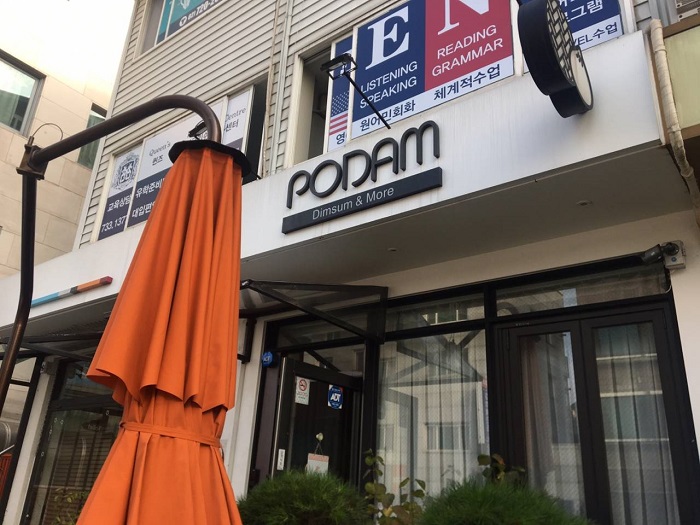
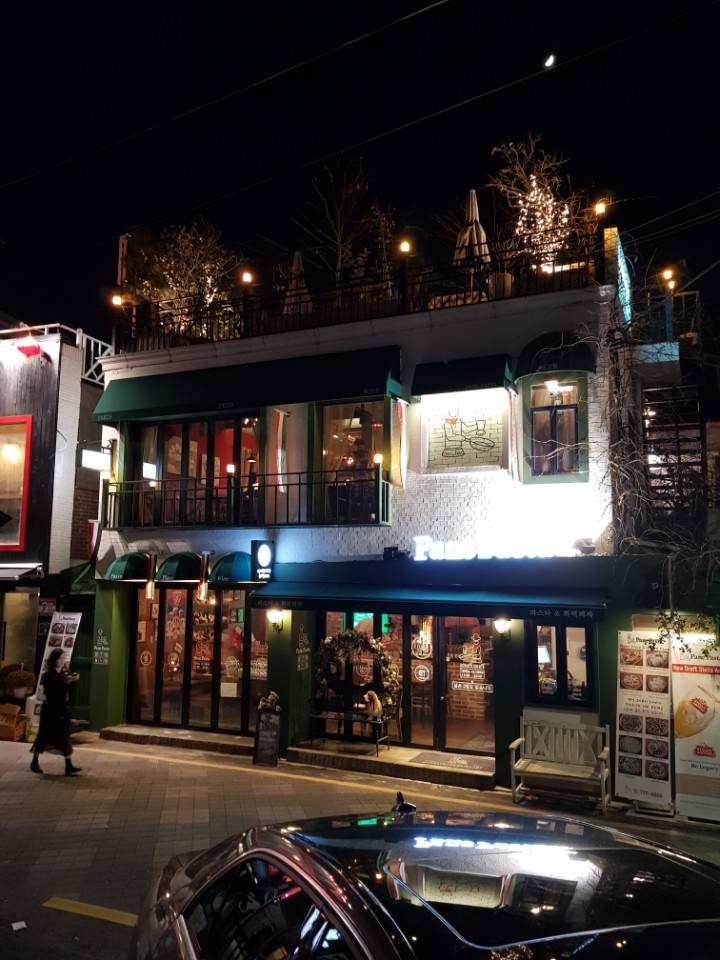
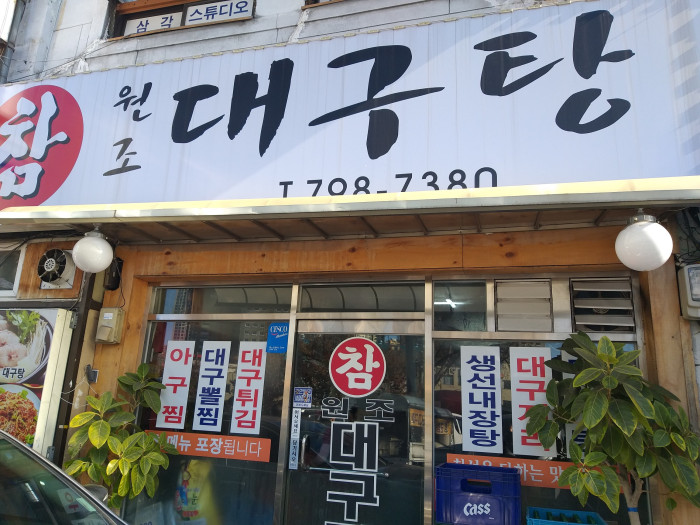
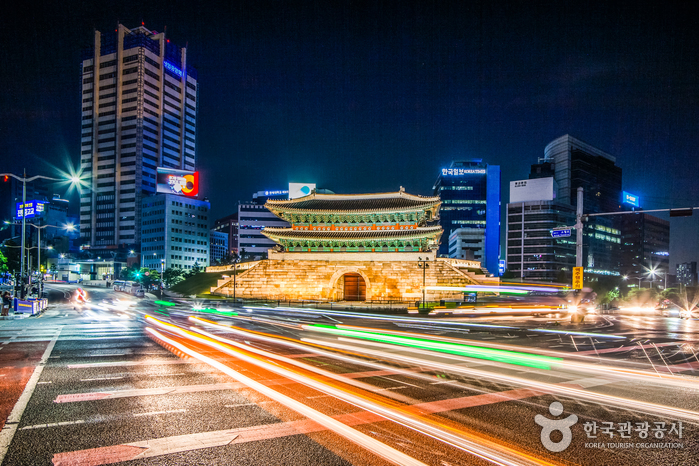
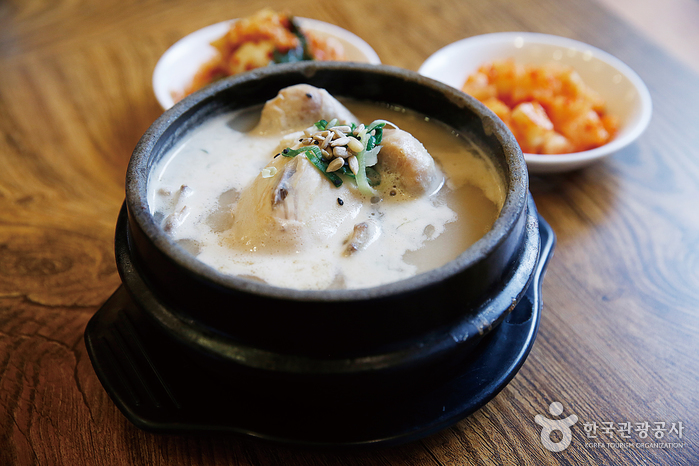
 Español
Español
 한국어
한국어 English
English 日本語
日本語 中文(简体)
中文(简体) Deutsch
Deutsch Français
Français Русский
Русский